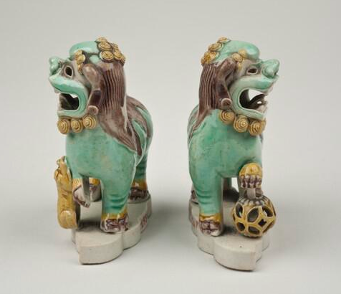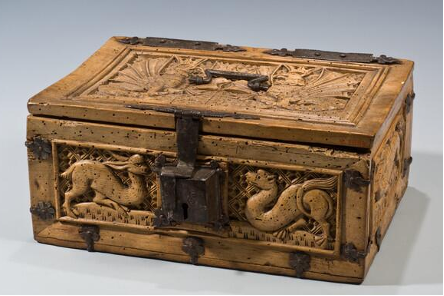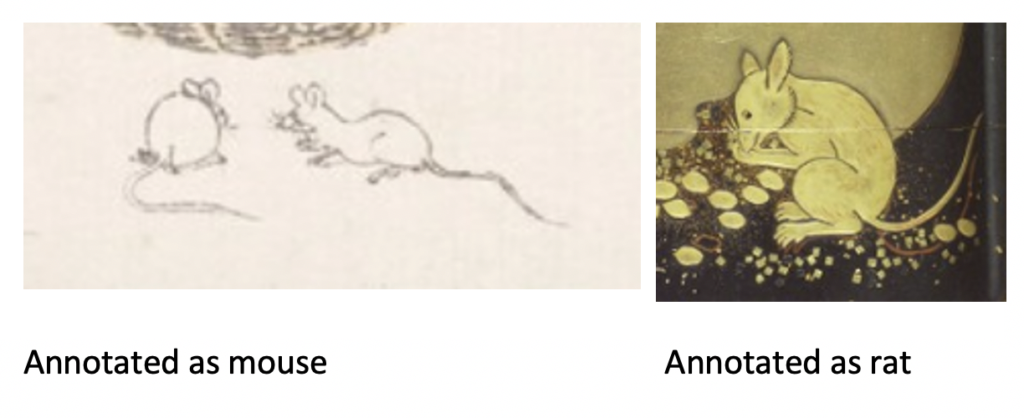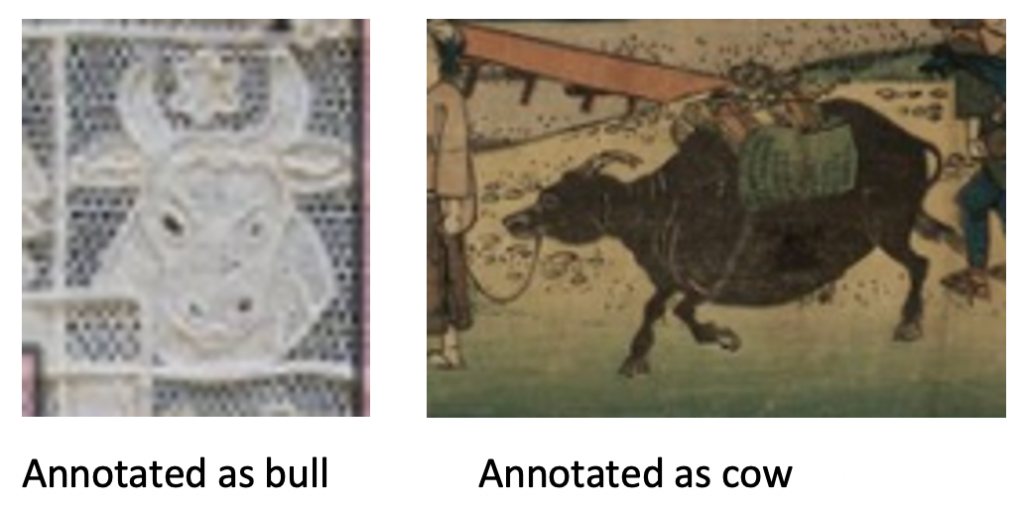In this blog post, project member Marie Coccriamont writes about her experiences and adventures collecting and annotating images of mammals in the visual arts.
A new challenge
After the annotation process of musical instruments (a blog post will follow soon!) we searched for a new annotation subject to further continue the INSIGHT project.
Animals in art have been a popular study topic throughout the past centuries. They are represented within a wide range of art objects and art genres and have either a central or peripheral role in the composition. Animals can function as complemental elements in landscapes, genres or religious scenes, they feature prominently as heraldic charges, they have been important subjects in sculpture, etc. These representations can have different levels of meaning and can assume a symbolic function in expressing the urges of society from a particular period in time and from a particular culture.
The previously mentioned properties show that this topic can serve as an interesting and useful research subject for the INSIGHT project. However, a feasibility study identified a number of problems. What to do with the representation of beasts and mythical animals? What to do with the variety of birds, the variety of dog breeds, the variety of insects, … A demarcation on the subject was needed. Because of the specific aim of the project, specific and clear labels were necessary. With the guidance of Imagenet and Wordnet, which provide a reliable structure, we came up with a new subject: ‘mammals’. With the help of standard ontologies such as Garnier and IconClass, a research of the most common mammals in the collections of KMSKB and KMKG, and the analysis of the symbolic value of mammals throughout art history, 25 labels were chosen. Regarding these 25 labels, images of art objects were gathered from the collections of KMSKB, KMKG, Wikimedia and Rijksmuseum.
Where to get data?
A first annotation cycle was done on the basis of the collections of the KMSKB and KMKG. With the help of the existing thesaurus of both collections, images of art objects of the general category “mammals”, were collected, without taking in account the 25 chosen labels. Therefore an overview of the representation of mammals in the collections was possible. An additional collection cycle was performed using the Wikimedia and Rijksmuseum collections. I gathered at least 100 pictures of art objects per label from both collections. Therefore I could ensure an equal number of images per label.

I started off with the annotation of the collections of the KMSKB and KMKG. I came across a massive number of horses, domestic dogs, cows and sheep. The number was that big that I had to delay the annotations of those mammals to guard the equality in relation to the other mammals (see figures). Other problems that occurred, were difficulties with distinguishing mammals. In one of the examples below, we see a painting in which several horses are pulling a carriage. Because of the angle of the painting, it is difficult to annotate each separate horse using a rectangle. In yet another example, we see a painting with the representation of a group of cows and a herd of sheep. Because of the amount of cows and sheep and the bad quality of the image, it is difficult to distinguish each separate mammal.



More difficulties…
Another interesting difficulty was the representation of “fantasy” mammals. Mammals that are abstracted using the imaginative mind. Examples of these “fantasy” mammals can be found in the example below. Because of the huge unambiguity associated with these animals, I chose not to annotate these images.


Another difficulty that I came across, was a low visibility or an ambiguity of the representation of mammals. This can be related to the bad quality of the medium, the abstraction of the mammal, the angle of the art object, … You name it!

The large amount of low-quality quality images made the annotation process more difficult:

Also, and as could be anticipated, I also experienced difficulties with labelling certain mammals. It was only during the annotation process that I realized how certain labels were too closely related to each other. Bull and cow for example, are difficult to distinguish. Rat and mice also have much similarities:


Finally, I came across several images that used mammals “as a metaphor”. Such personifications of mammals can be seen in the following images. In these images I doubted how to annotate the mammals. I choose to annotate only the head of the mammals, because the bodies are often those of humans.

We thank Marie for her huge contribution to the project and we are looking to what we will get out this wonderful data in a next phase of the project!
